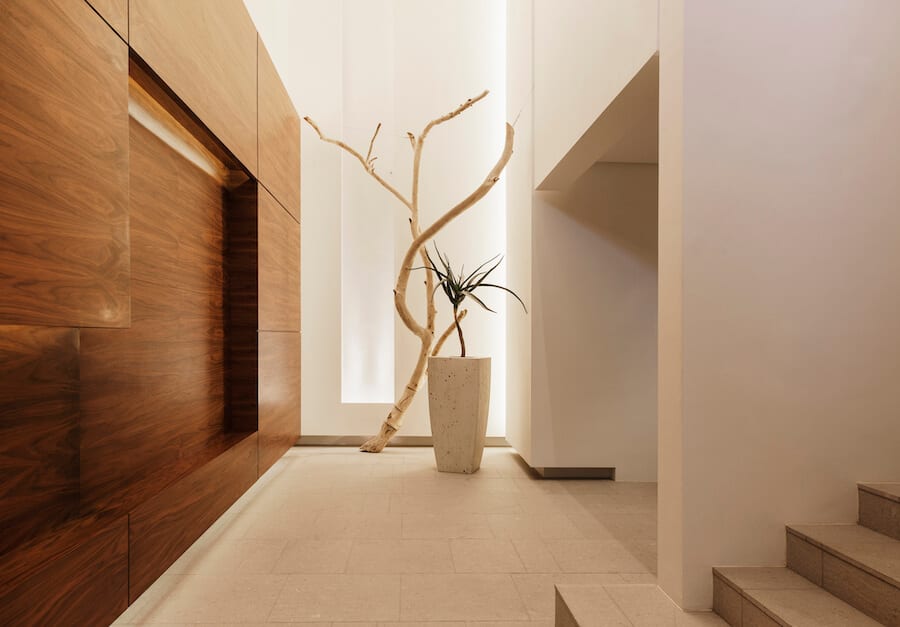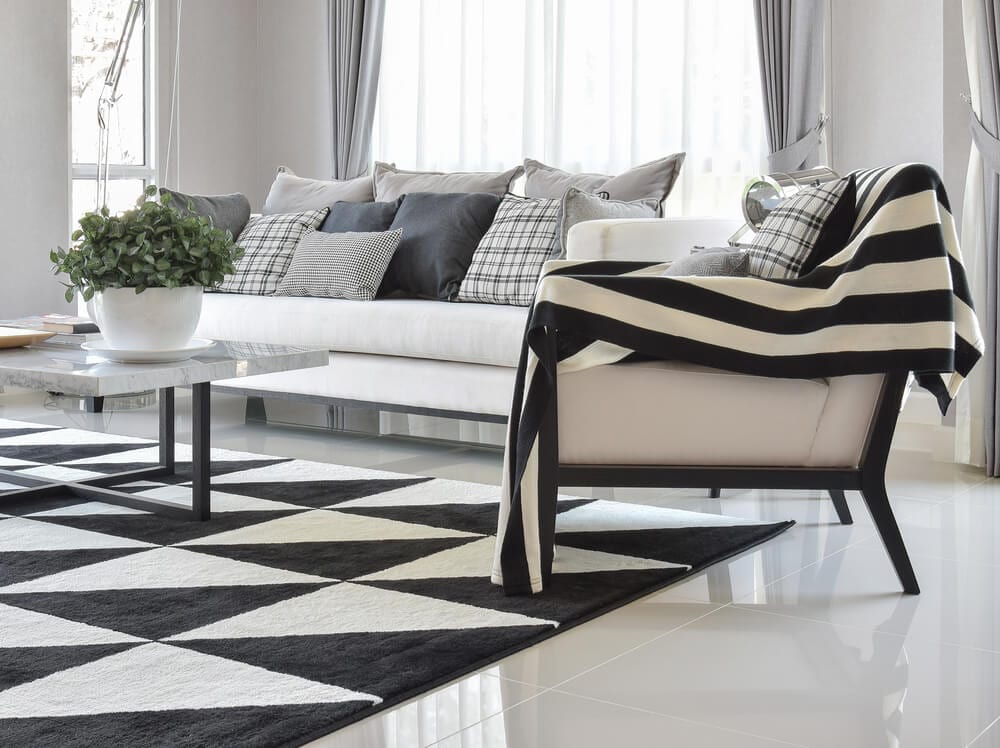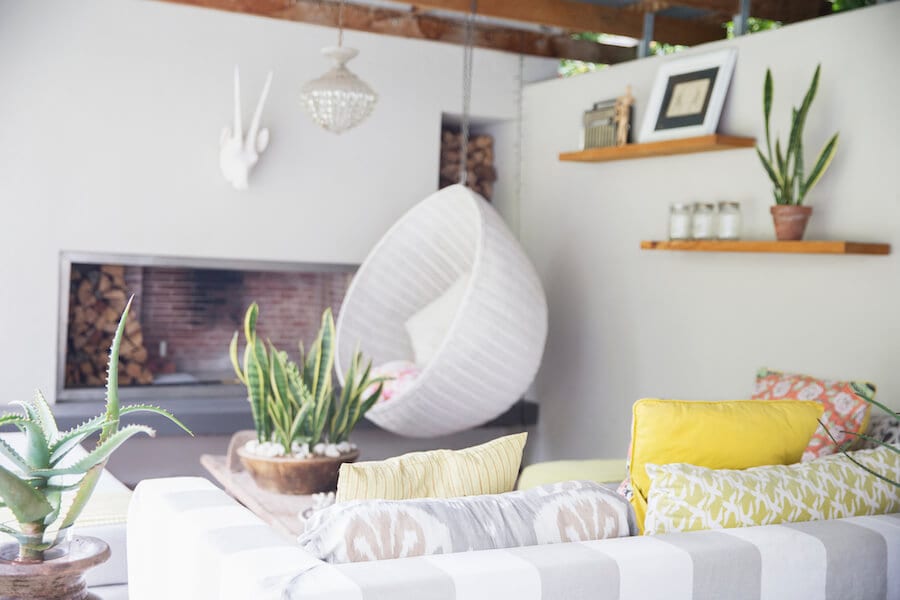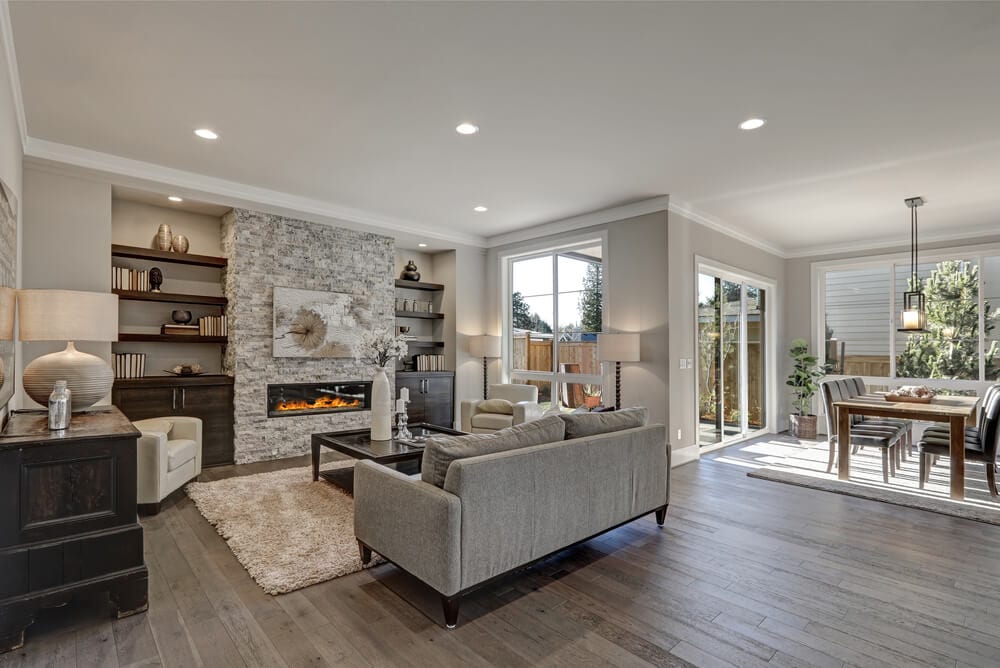What it’s like to be an interior designer (and What You Need to Know Before You Do)

Some people have a knack for design. If you find decorating rooms and arranging furniture easy and fun, a career in interior design might be right for you. But before you start dreaming of room makeovers, consider first how to become an interior designer.
Interior designers, like any professionals, face challenges every day. And while some may not appeal to you, others may motivate and excite you. Let’s take a look at how to become an interior designer, and things you should know before you sign up for classes.

Is interior design your dream? Here’s how to become an interior designer:
Step 1: Have a general knack.

The field of interior design is far more than simply beautifying interior spaces. If you do have a knack for interiors, that’s great — you’re off to a good start! But you may be better suited to market yourself as a decorator. Interior designers, by contrast, typically have extensive education in fields like architecture, computer-aided design, or fine arts.
Step 2: Make it official.

Having a formal education is becoming increasingly integral to interior design careers. Certain schools are recognized by the Council for Interior Design Accreditation, which means they offer students what the industry considers “the fundamentals.” Many universities offer an education in design, from New York Institute of Art + Design to SCAD, and many others, including many two-year programs in interior design.
Step 3: Network and find a mentor.

Networking with fellow professionals is a great way to move forward in the field of interior design. Find like-minded professionals, keep up to date on current design trends, and follow someone’s work whom you admire (but keep your own style).
Step 4: Create a solid portfolio.

Succeeding in interior design in large part depends on your work. Do you have a great portfolio highlighting your achievements and projects? Testimonials from past clients is an ideal way forward to future clients. Your portfolio should be an impressive snapshot of who you are as a designer, what special something you bring to each project, and how clients engage with you.

10 things you should know about becoming an interior designer:
1. Know the difference between decorators and designers.
Education, in a word, is the key difference between interior decorators and interior designers. Anyone who finds joy in playing with colors, fabrics, and textiles can become a decorator in today’s world by simply printing business cards and promoting themselves to clients. While that’s not a bad way to go, earning an accredited education, like an associate’s or bachelor’s degree, is typically required to work in the interior design field.
2. You must have a natural passion and ability.
It may seem obvious, but in order to become an interior designer, you need to have an innate flair for color, spatial arrangements, architecture, and textiles. Do you enjoy decorating your home and get lots of compliments on your decor? That doesn’t necessarily mean you should be an interior designer, but it’s certainly a good sign.

3. Interior design isn’t all fun and fabric.
While fabrics, furniture, and color may play a large role in interior design, there are plenty of other tasks required of interior designers — many that seem less like fun and more like work. Interior designers work with not only homeowners, but also builders, architects, government agencies, and business owners. That means they need to be educated in the history of design, the structural integrity of buildings, building codes, ergonomics, spatial concepts, ethics, psychology, computer-aided drawing (CAD), and more.
4. The salary isn’t as high as you might think.
Going into design because you think it pays really well? Not so fast. Statistics show that the median annual salary of an entry-level interior designer in the U.S. is $47,188. The range, of course, could fall on the higher end, or even the lower, with factors from education, location, work experience, and company size all playing a role.
5. Find your industry fit.
An interior designer at a furniture company, say, will most likely make less annually than a designer who works for a high-end architectural firm, or someone who runs their own business. But don’t worry. Just gain as much exposure and experience as you can. And take note: Anyone who studies up on architecture, building codes and laws, and structural design could have the chance of earning more.

6. You must be a people person.
Ask interior designers to share their experiences, and most will share stories — good, bad, and worse — of past clients. People are particular, especially when it comes to their homes. Interior designers are good listeners who help clients bring to life their ideas and visions. You have to be able to listen well and then paint those words into a picture your clients will love.
7. Learn to be flexible.
While some clients have clear goals in mind, others may think they know what they want only to change their minds during the final stages, and are dissatisfied with your work. A successful interior designer is a sociable, people pleaser, and a mitigator — someone who can steer clients toward favorable outcomes while making them feel they are in full control of the design choices.
8. Develop a portfolio.
You can talk all day long about colors and textiles, but unless you have an outstanding portfolio that showcases your designs and projects, your successes will be fewer. New to the job market? You may need to consider offering your services for free or at a reduced rate to build up a great portfolio and showcase that others trust your work. It’s also a great way to network with merchandisers and suppliers, and develop a rapport for future projects.

9. Get competitive.
Interior design is a competitive business. One of the keys to success is getting yourself noticed. That starts with a great portfolio. Another important factor is education. The more you know, the better off you will be. Consider looking toward future trends such as population growth, designing for the elderly, modern architecture, and green design. Education within these specific fields of design will give you the upper hand in the job market. It’s also a good idea to stay up to date on trends by reading design publications and websites, networking with fellow designers, and finding a mentor.
10. Learn about new virtual opportunities.
Thanks to technological innovations, like Skype and Zoom, and other key design software, interior designers, like many other professionals in our global economy, can work virtually. Although several free online virtual room design tools are available to the public, interior designers have an edge on this competition thanks to their exclusive relationships with elite design lines. Several high-end textile companies offer discounts to designers working in the trade, which allows them to get their clients the best prices.

The bottom line
Looking to design a career you love? With some background and effort, including networking, education, experience, and a great portfolio, you can become a successful force in the interior design field.

